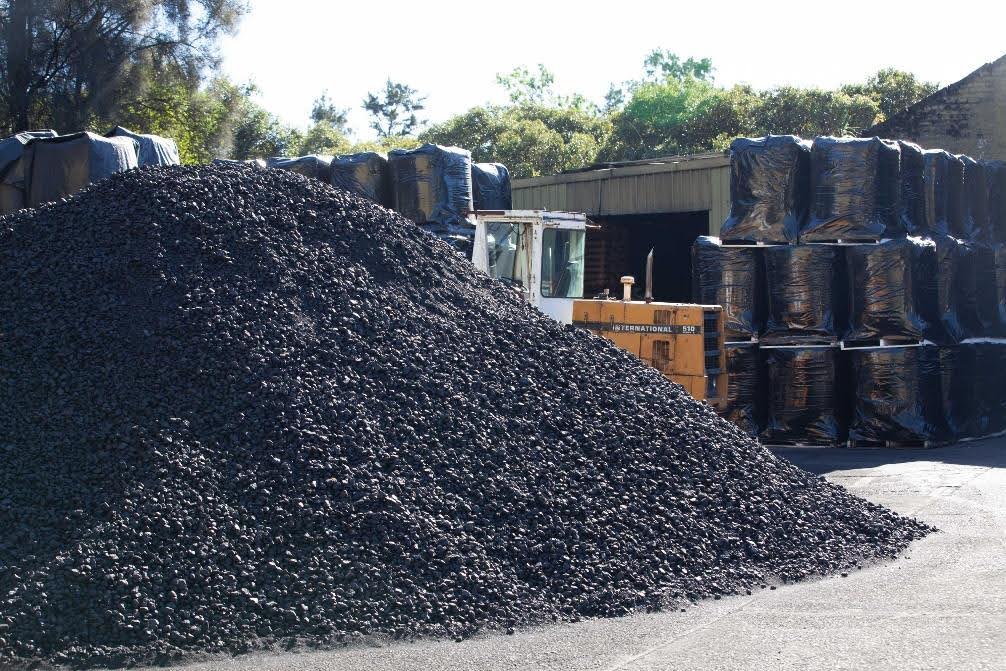Activated Carbon
Granular & Powdered Forms- High internal surface area
- Rapid diffusion kinetics
- Greater loading capacity
- Customisable particle sizing
- Manufactured by an ISO9001 accredited Quality system

PFAS, or Per- and Polyfluoroalkyl Substances, are a group of over 10,000 synthetic chemicals lauded for their durability, heat resistance, and water-repellent properties. Yet, their persistence in the environment has earned them the nickname “forever chemicals.” Despite global regulations, PFAS contamination remains a pressing issue due to its potential health impacts and environmental accumulation.
Initially developed over 50 years ago, PFAS found widespread application in household and industrial products. However, the United Nations and U.S. Environmental Protection Agency (EPA) raised alarms about their risks as early as 2002, leading to regulatory actions. Today, their presence in contaminated water, soil, and food sources highlights the urgency of effective mitigation strategies.
PFAS compounds can accumulate in the human body and are linked to developmental toxicity, immune dysfunction, cardiovascular diseases, and even cancer. Short-chain PFAS, replacements for phased-out long-chain variants, bring unique challenges due to their increased solubility and persistence in water systems.
The focus of PFAS removal strategies lies in efficient sorption mechanisms. Among these, granular activated carbon (GAC) and ion exchange (IEX) resins dominate due to their proven effectiveness in removing long-chain and short chain PFAS. These methods primarily leverage:
In water treatment processes, both granular activated carbon (GAC) and powdered activated carbon (PAC) are employed to remove PFAS. GAC is commonly used in filtration systems and contactors, where water passes through carbon beds, allowing PFAS to adhere to the carbon surfaces. PAC, with its finer particle size, is often dosed directly to water, facilitating rapid adsorption of contaminants. These methods have been instrumental in treating drinking water supplies and industrial wastewater, ensuring safer water quality.
At James Cumming and Sons, our focus on manufacturing a high-performance coal-based Activated Carbon aligns with the critical need for cost-effective PFAS remediation solutions. By leveraging our manufacturing expertise, we contribute to tackling contamination challenges in water treatment systems, and soil remediation projects ensuring cleaner and safer water supplies and better environmental outcomes
Efforts to phase out PFAS production and develop more effective adsorbents reflect the global commitment to a sustainable future. The emphasis now lies on manufacturing cost-effective, select raw material adsorbents for the removal of PFAS contaminants.
With over 115 years of experience, James Cumming & Sons is a trusted manufacturer and supplier of Australian Premium Activated Carbon products. Our Purazorb range, comprising Australian-made granular and powdered activated carbons, is coal-based and steam-activated, engineered for water and wastewater treatment, environmental remediation, and PFAS management. These products are manufactured to premium standards, featuring high internal surface areas, rapid diffusion kinetics, and optimal particle sizing to meet diverse application needs.
Explore our range of high-performance filtration and adsorption solutions to meet your environmental and industrial needs. Together, we can contribute to a cleaner better environmental outcomes
James Cumming & Sons | Activated Carbon: The Solution for PFAS
for your Filter Coal, Activated Carbon and Carbon additive needs











James Cumming & Sons
319 Parramatta Road,
Auburn NSW 2144 Australia

© Copyright 2025 James Cummings & Sons Pty Ltd. Website by Brilliant Digital
The C&S Brand™ logo are trademarks of James Cumming & Sons Pty Ltd.
ABN 98 000 453 378